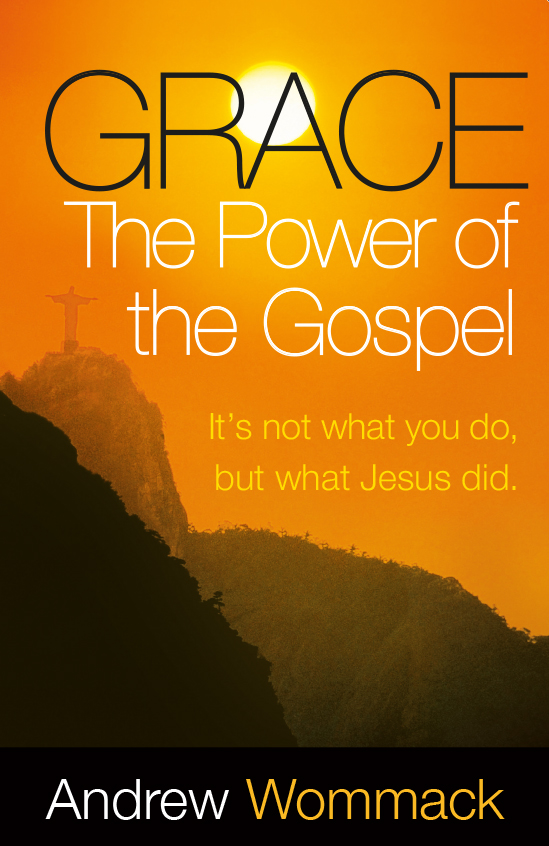On the second Friday of each month in 2022 we’ve been studying Andrew Wommack’s life-changing book: GRACE: The Power of the Gospel. In this study we dig into the New Testament book of Romans — Apostle Paul’s masterpiece on the subject of grace.

As a wrap up to this study I would encourage you to go to Andrew Wommack’s YouTube channel and go through the entire series. This is a life changing study!
Be blessed!
